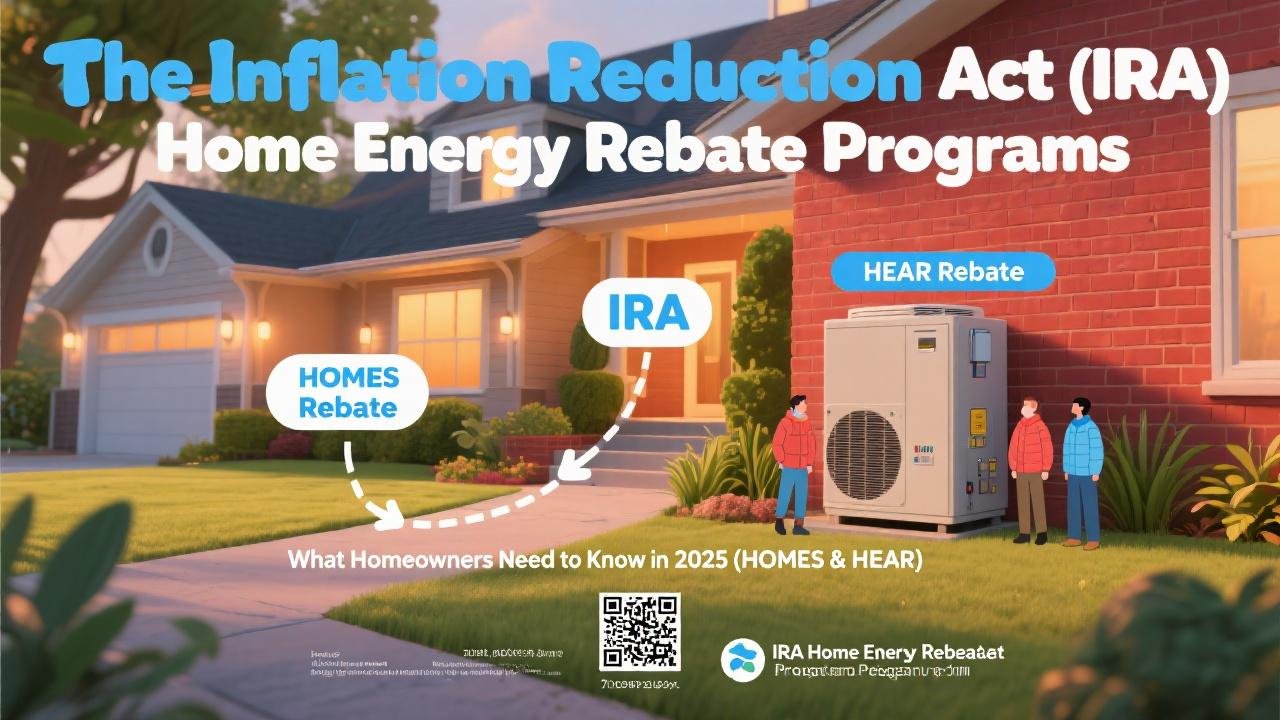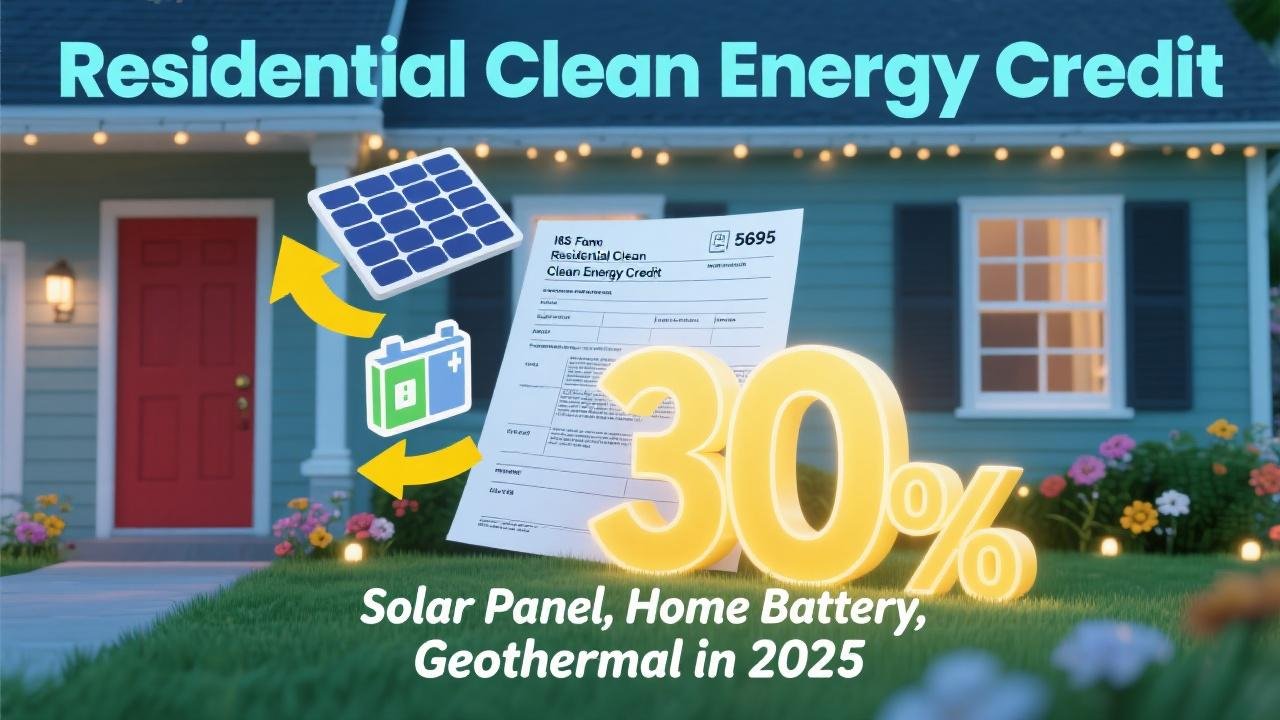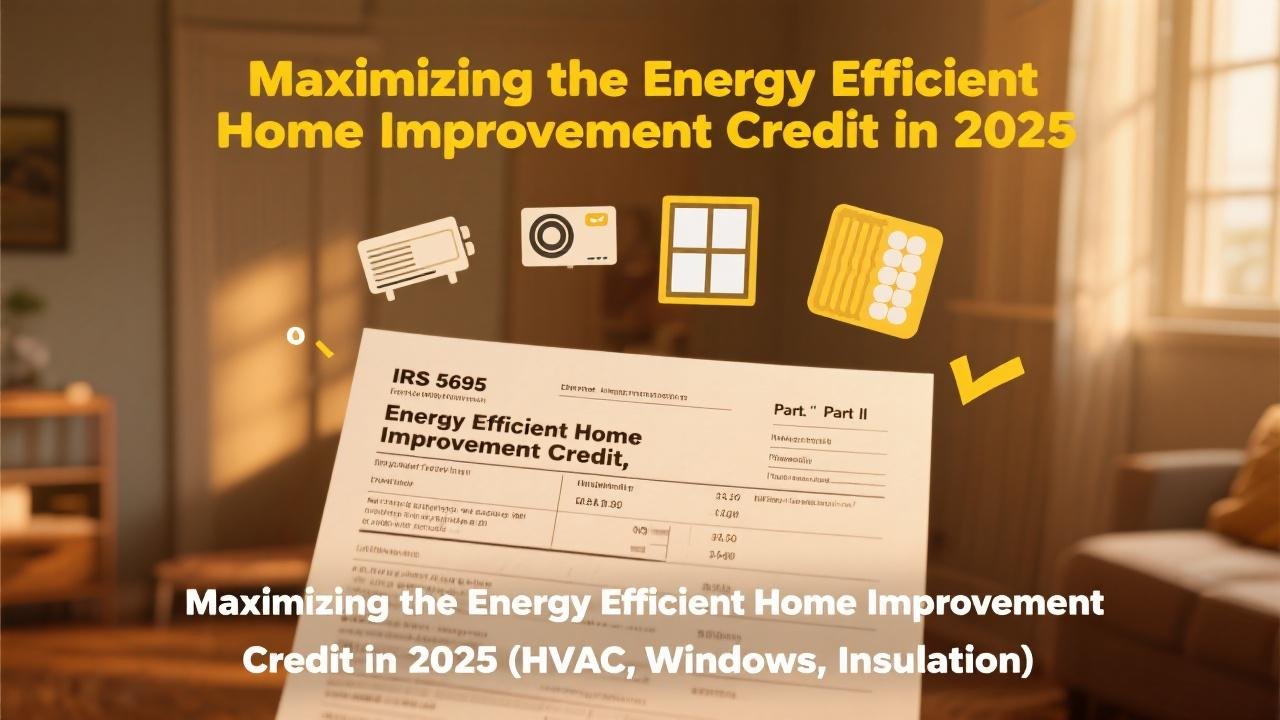A New Wave of Savings for Home Energy Upgrades
The Inflation Reduction Act (IRA) of 2022 ushered in a new era of support for clean energy and energy efficiency in the United States, allocating nearly $8.8 billion for two groundbreaking Home Energy Rebate programs: the Home Efficiency Rebates (HOMES) program and the Home Electrification and Appliance Rebates (HEAR) program. As these programs continue to roll out through State Energy Offices in 2025, they offer unprecedented opportunities for homeowners, especially those with low-to-moderate incomes, to receive significant upfront discounts on a wide range of energy-saving home improvements. This guide provides an overview of what the HOMES and HEAR rebate programs entail for homeowners in 2025.
Understanding the Two Key IRA Rebate Programs:
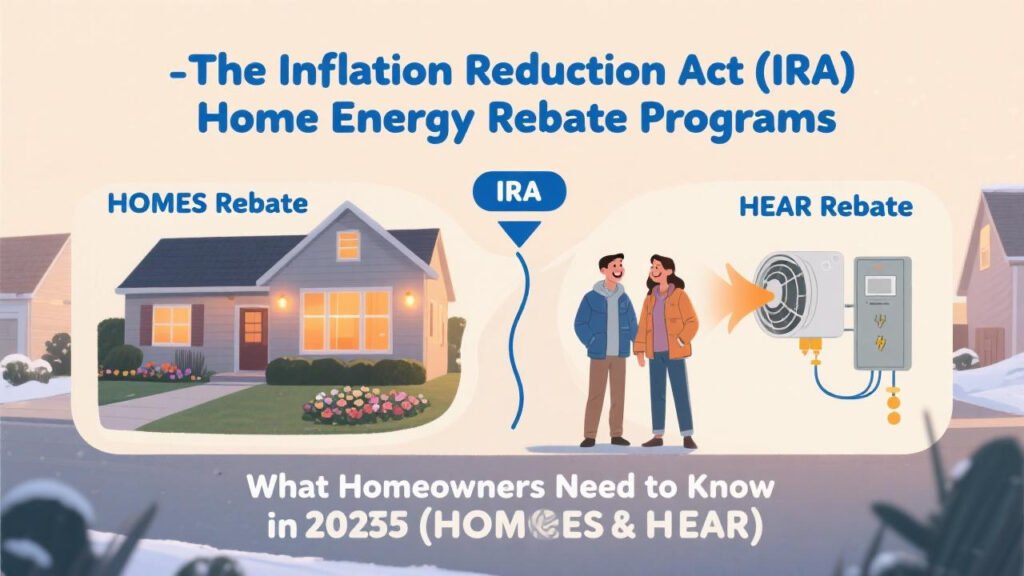
These two programs are distinct but can sometimes work together to maximize savings. They are federally funded but will be administered by individual State Energy Offices and some Indian Tribes, meaning specific program details and availability will vary by state.
1. Home Efficiency Rebates (HOMES) Program (IRA Section 50121):
* Focus: Provides rebates for whole-home energy efficiency retrofits that achieve a certain level of energy savings. It’s performance-based, meaning the rebate amount is tied to how much energy your project saves.
* Eligibility: Available to households of any income level.
* Rebate Amounts:
* Modeled Savings Pathway: Rebates based on estimated energy savings at the time of retrofit installation.
* For retrofits saving 20-34% of energy: Up to $2,000.
* For retrofits saving ≥35% of energy: Up to $4,000.
* Measured Savings Pathway: Rebates calculated based on actual energy savings after a period following installation.
* Enhanced Rebates for Low- and Moderate-Income (LMI) Households: For households earning less than 80% of the Area Median Income (AMI), these rebate amounts are doubled (e.g., up to $4,000 for 20-34% savings, and up to $8,000 for ≥35% savings).
* Qualifying Upgrades: Can include a wide range of measures that contribute to whole-home energy savings, such as insulation, air sealing, high-efficiency HVAC systems (including heat pumps), efficient windows, and more.
* Program Status in 2025: States are actively developing and launching their HOMES programs. For example, California received its HOMES award from the DOE in January 2025 and is splitting funds between an Equitable Building Decarbonization Direct Install Program and a Pay for Performance Program, with retrofits under the direct install portion expected to begin in summer 2025. Texas is targeting a 2026 launch for its programs. Homeowners should check their State Energy Office website for the latest local availability and application details.
2. Home Electrification and Appliance Rebates (HEAR) Program (IRA Section 50122):
* Focus: Provides upfront, point-of-sale discounts on the purchase and installation of new, high-efficiency electric appliances and other electrification upgrades. This program is specifically targeted at low- and moderate-income households.
* Eligibility:
* Low-Income Households: Those earning less than 80% of the Area Median Income (AMI) can receive rebates covering up to 100% of project costs, up to the specified caps.
* Moderate-Income Households: Those earning between 80% and 150% of the AMI can receive rebates covering up to 50% of project costs, up to the specified caps.
* Households above 150% AMI are generally not eligible for HEAR rebates.
* Maximum Rebate Amounts Per Household (Overall Cap of $14,000):
* Heat Pump for Space Heating/Cooling: Up to $8,000
* Heat Pump Water Heater: Up to $1,750
* Electric Stove, Cooktop, Range, or Oven (including induction): Up to $840
* Electric Heat Pump Clothes Dryer: Up to $840
* Breaker Box/Electrical Panel Upgrade: Up to $4,000 (if needed for electrification upgrades)
* Electrical Wiring Upgrades: Up to $2,500 (if needed for electrification upgrades)
* Insulation, Air Sealing, and Ventilation: Up to $1,600
* Qualifying Equipment: Must generally be ENERGY STAR certified.
* Point-of-Sale Discount: A key feature is that these rebates are intended to be provided as an upfront discount at the point of sale by the contractor or retailer, making the upgrades immediately more affordable.
* Program Status in 2025: Similar to HOMES, states are rolling out their HEAR programs. California, for instance, received its HEEHRA (California’s HEAR program) award in June 2024 and has launched Phase I, with rebates available through enrolled contractors. It’s crucial for homeowners to check their State Energy Office for local program details, contractor enrollment, and application procedures, as rebates are generally not retroactive for purchases made before a rebate is reserved.
Key Things for Homeowners to Know in 2025:
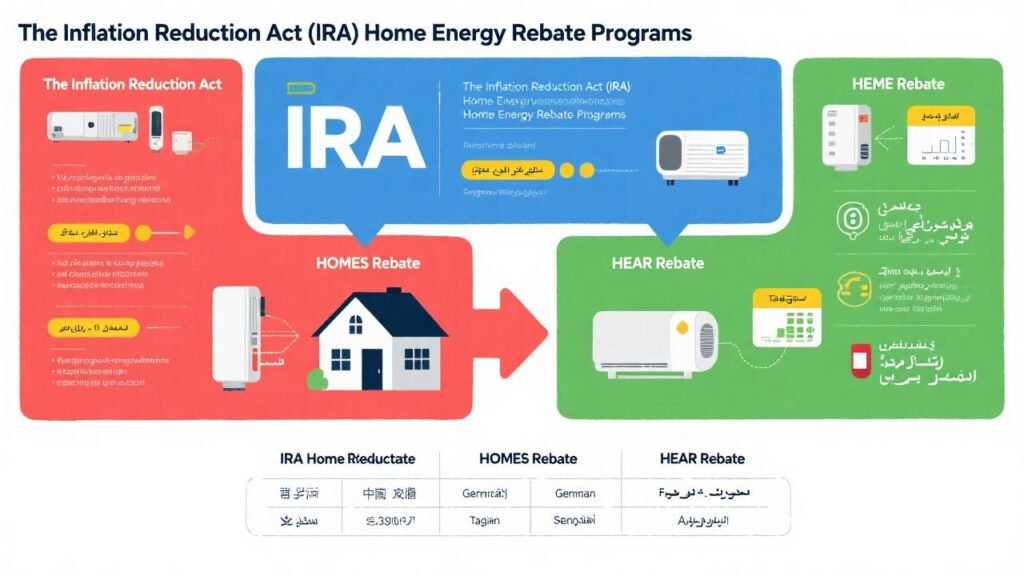
- State-Level Administration: Because states are administering these programs, the exact rules, eligibility verification processes, and how to access the rebates will differ from state to state.
- Income Verification: For HEAR rebates and enhanced HOMES rebates, states will have processes to verify household income eligibility based on Area Median Income.
- Qualified Contractors: Many states will require that installations be performed by contractors who are enrolled or certified in their specific rebate programs.
- Stacking with Other Incentives: In many cases, these IRA rebates can be combined with federal tax credits (like the Energy Efficient Home Improvement Credit or the Residential Clean Energy Credit) and other state/local utility rebates to maximize savings. However, always check the specific rules for each program.
- Program Launch Timelines: While some states began launching initial phases in late 2024 or early 2025, full program availability across all states will continue to develop throughout 2025 and beyond. The DOE provides ongoing guidance and updates.
- Do Not Purchase Before Confirming Rebate Availability: For many HEAR programs, rebates are not retroactive. You typically need to work with an approved contractor to reserve your rebate before purchasing or installing equipment.
How to Stay Informed and Access These Rebates:
- Your State Energy Office: This is your primary resource for information on program availability, eligibility criteria, and how to apply in your state.
- U.S. Department of Energy (DOE) Website: The DOE’s Home Energy Rebates portal provides general information, FAQs, and links to state programs as they become available.
- ENERGY STAR Website: Provides information on qualifying products and links to incentive finders.
- Qualified Local Contractors: HVAC installers, energy auditors, and insulation contractors in your area should become familiar with these programs as they roll out.
A Transformative Opportunity for Home Energy Savings
The HOMES and HEAR rebate programs under the Inflation Reduction Act represent a landmark investment in residential energy efficiency and electrification. For homeowners in 2025, particularly those with low-to-moderate incomes, these programs offer an unprecedented opportunity to make significant energy-saving upgrades more affordable through substantial upfront discounts. By staying informed about your state’s specific program rollout and working with qualified contractors, you can leverage these rebates to lower your energy bills, improve home comfort, and contribute to a cleaner energy future.

